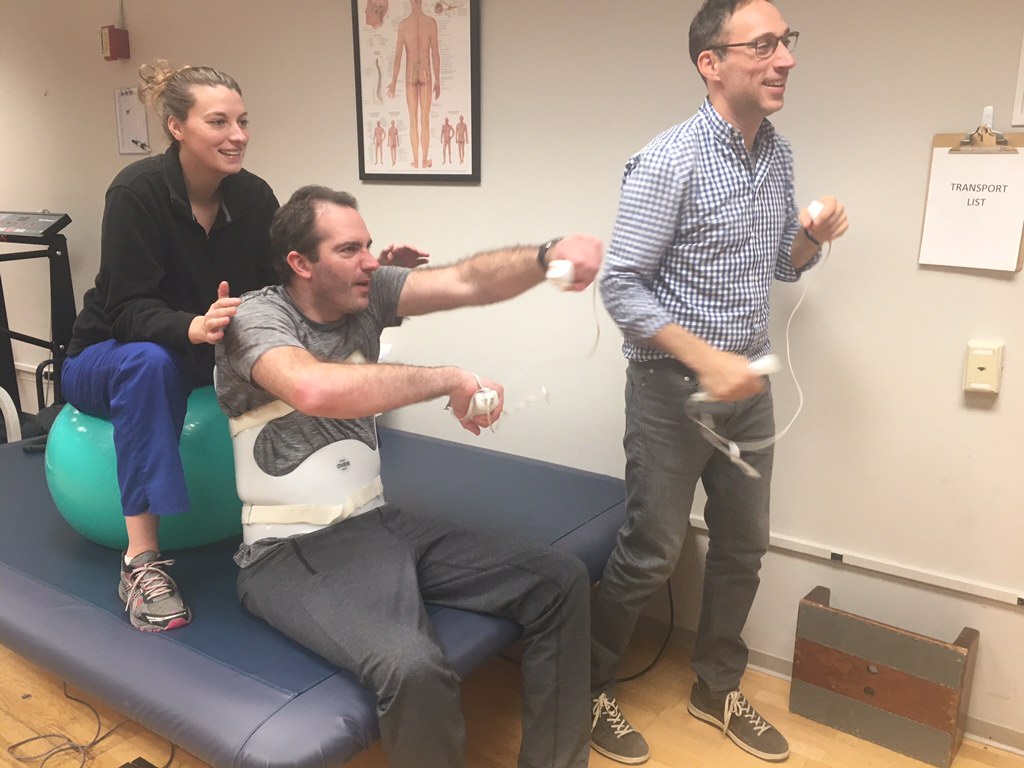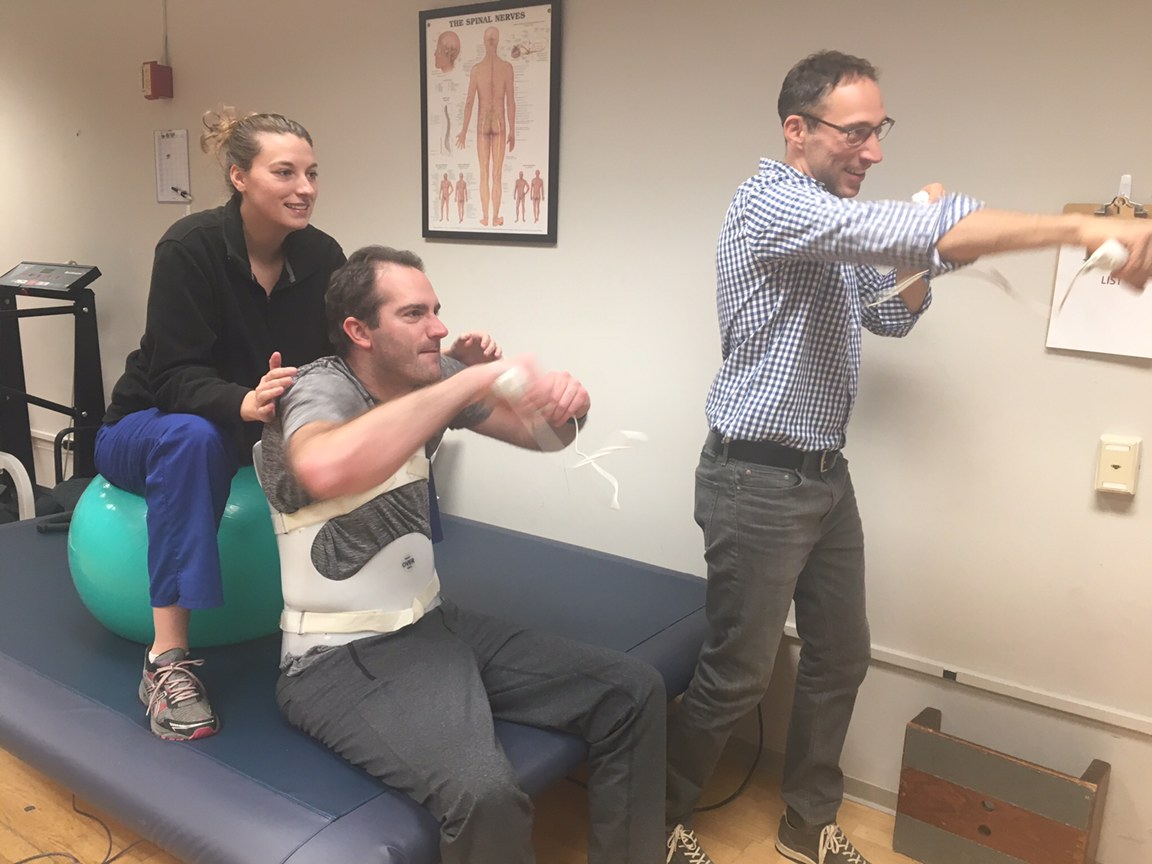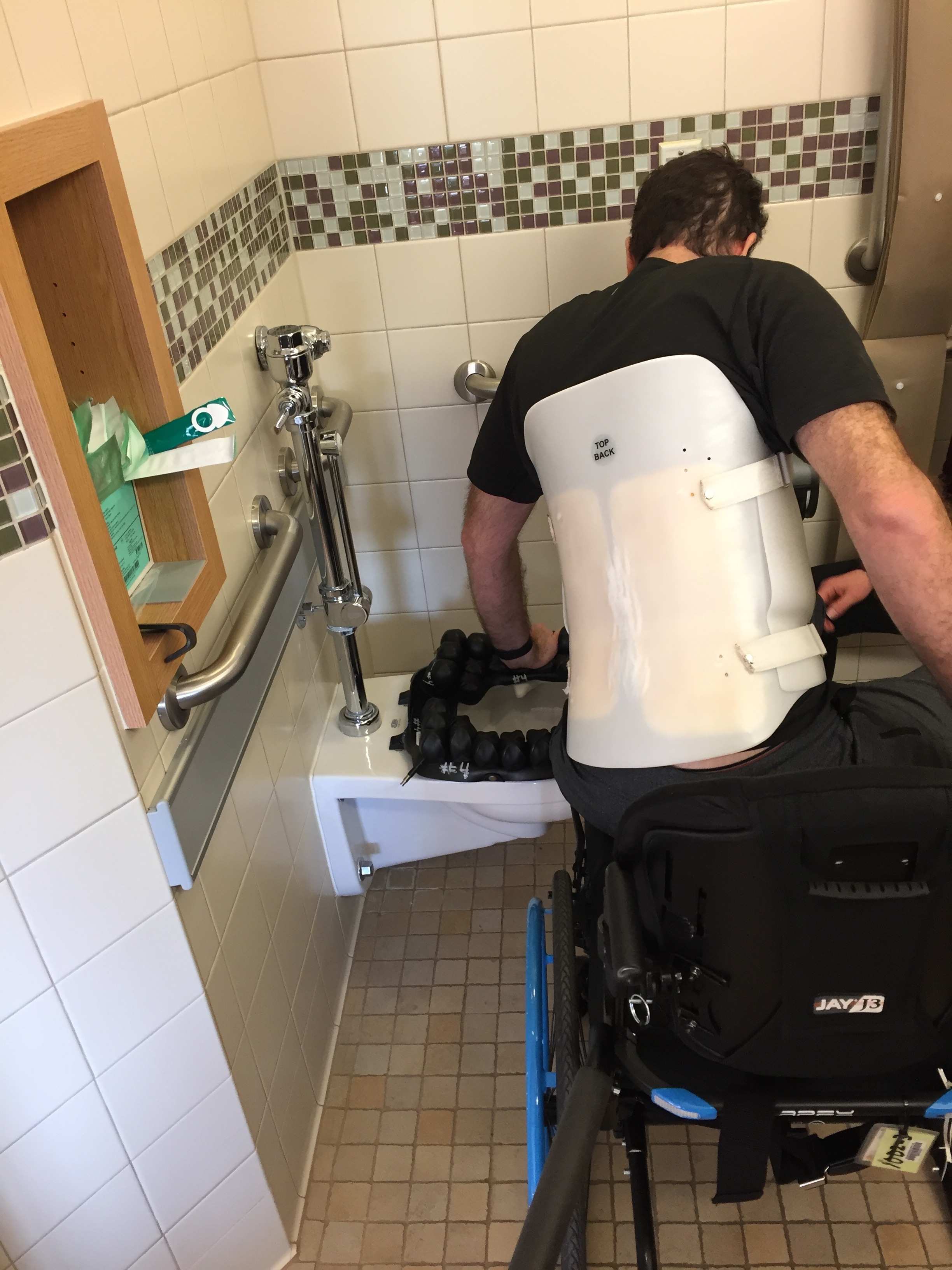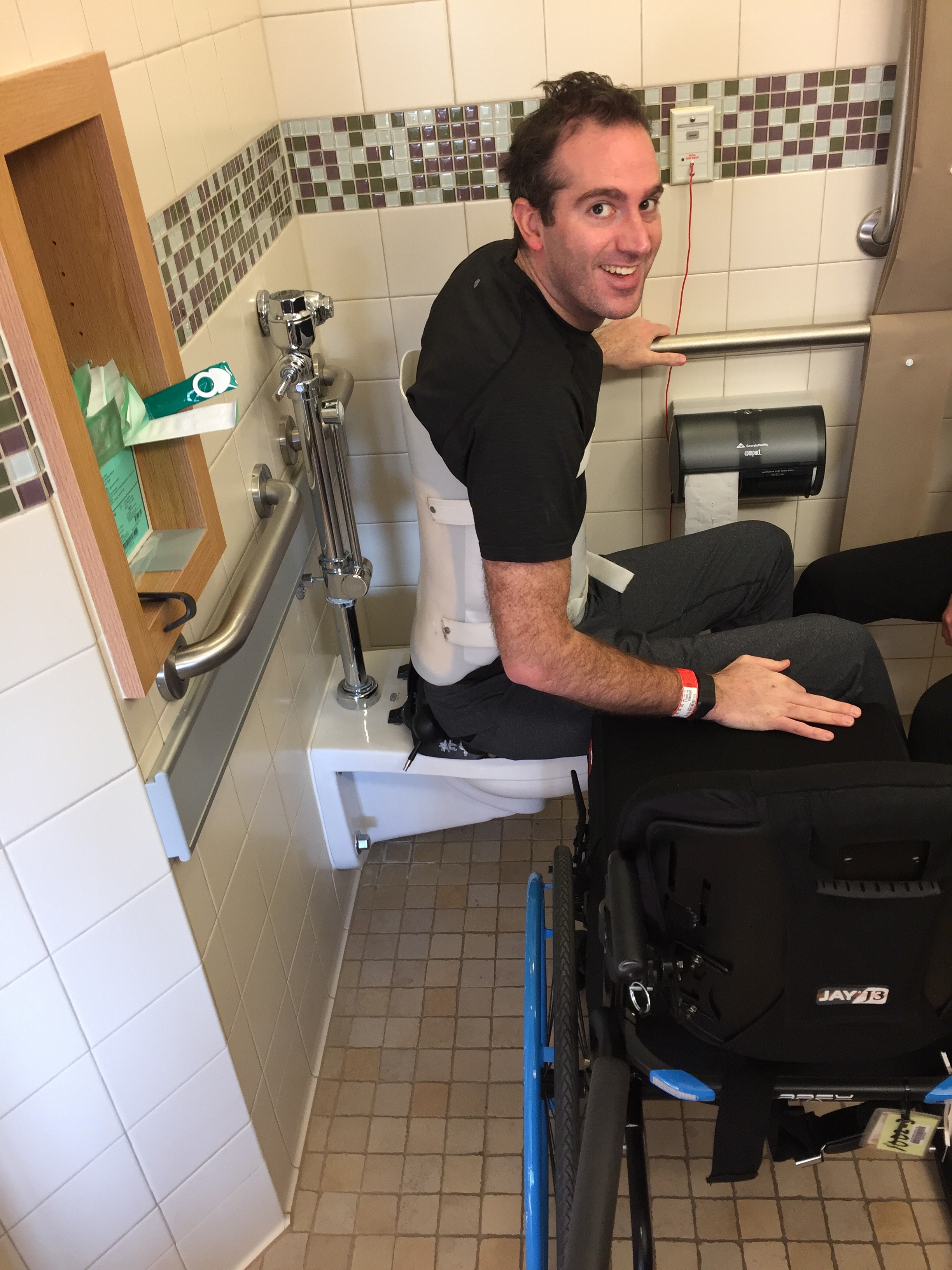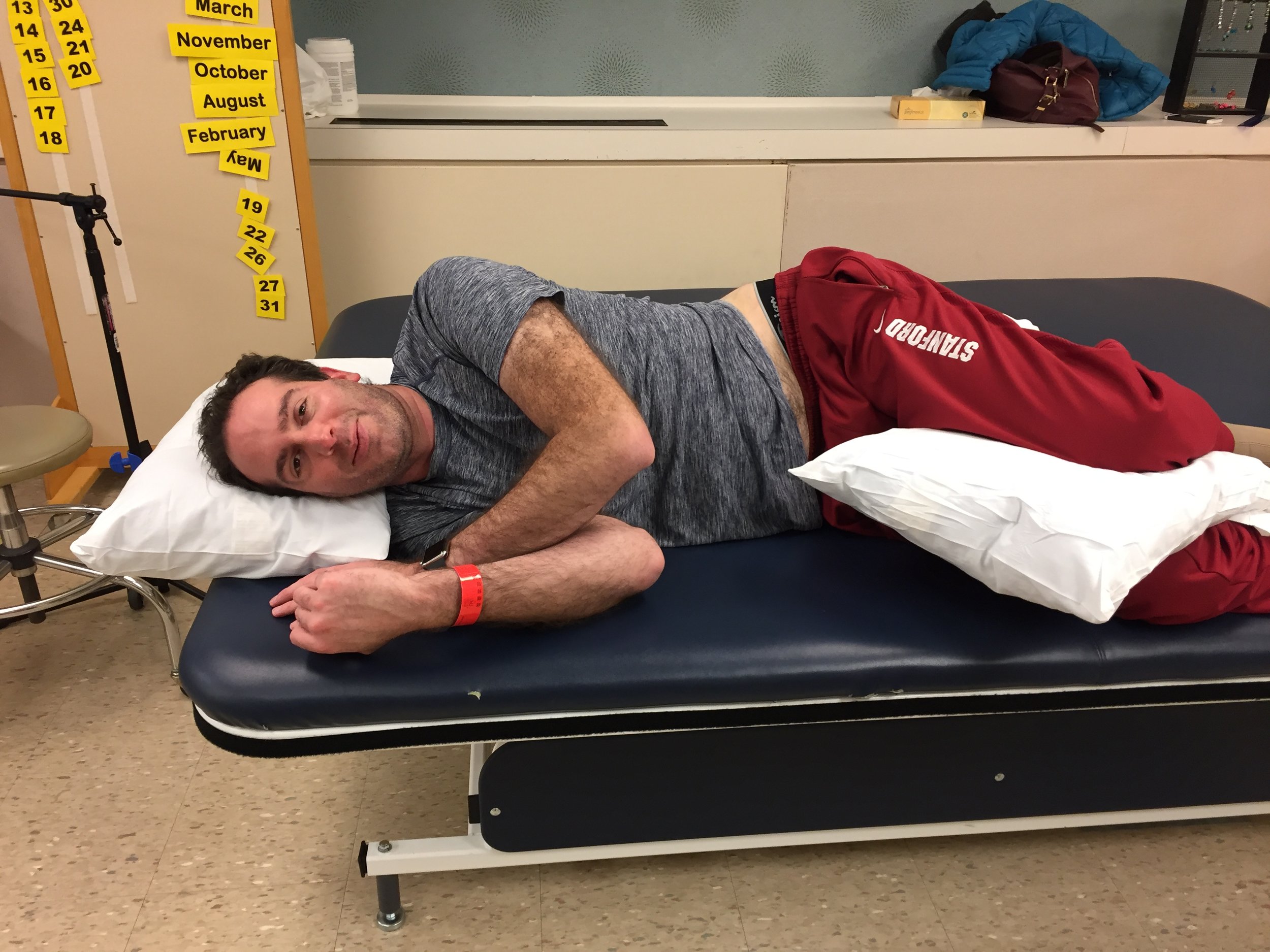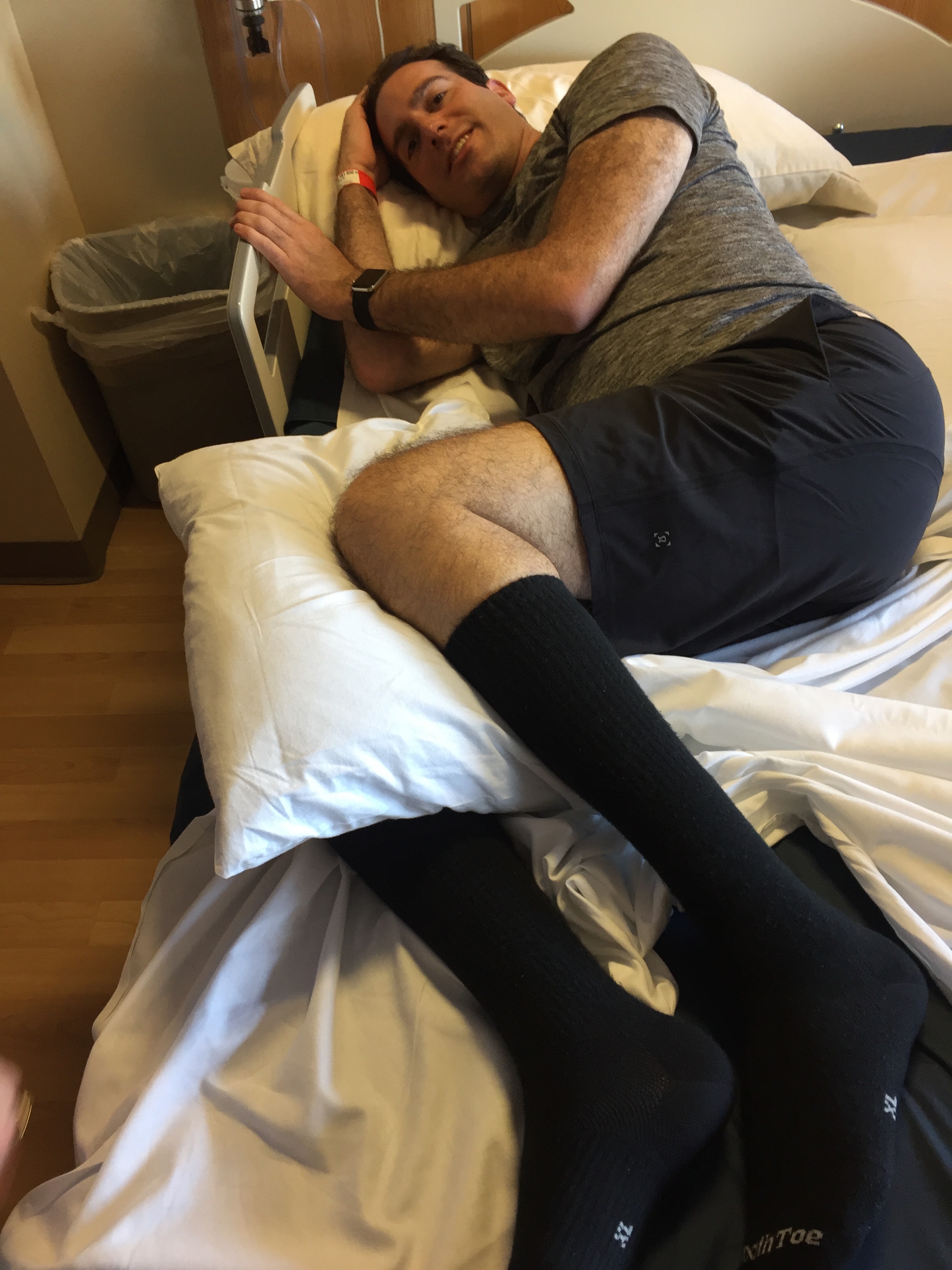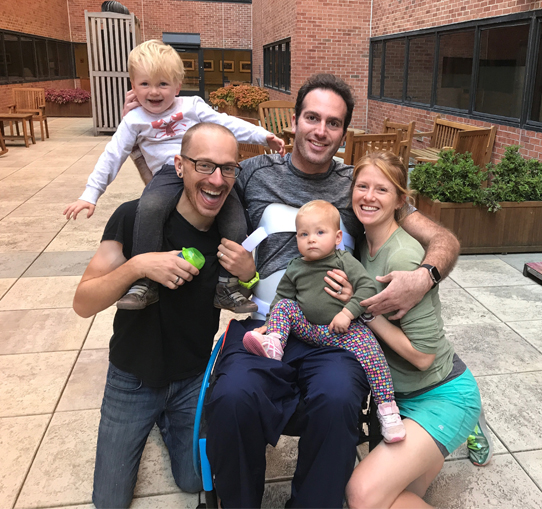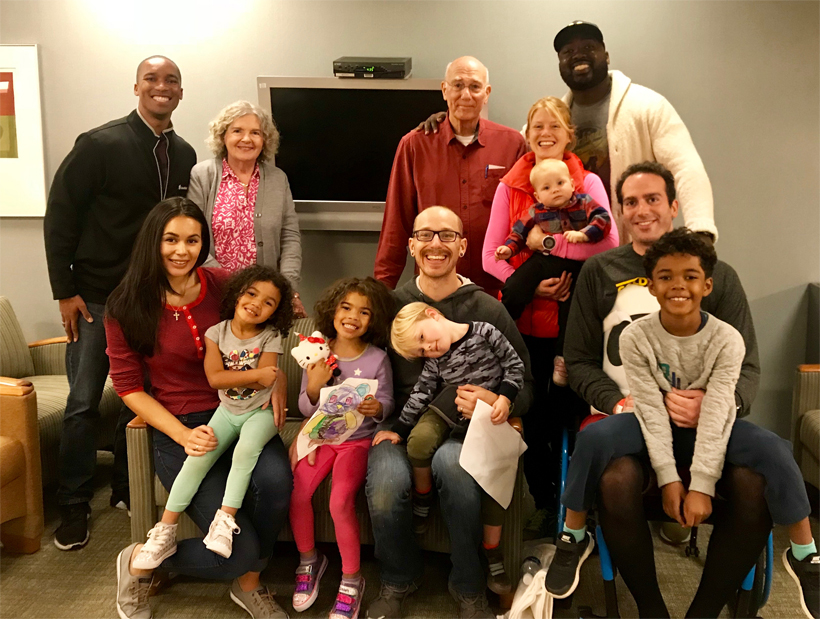I’ve been thinking a lot about vulnerability recently. Bear with me…it’s a bit wandering…and maybe I’m conflating vulnerability and autonomy, or vulnerability and fear – or maybe they’re all interwoven for me.
Vulnerability has gotten a lot of play in the business and social psychology worlds recently. But vulnerability can be at odds with how many of us grew up – maybe we were taught to put on a strong face or not to show emotion in public or not to ask for help in a moment of need. The research and literature, however, suggest that showing vulnerability (or being vulnerable) actually has a positive effect. Do some googling … but a good starting point could be this HBR article from a few years ago. This gist is this: “Only presenting an idealized version of ourselves separates us from others. The mistaken assumption is that if people find out who we really are underneath, they’d remove themselves from our lives. The reality is that if we share the ups and downs of our human experience in the right way in the right context, we build deeper connections.” Some others from Dr. Brené Brown are here and here.
During my last few years working in the business world, I tried hard to put this into action. I tried to say “I don’t know” much sooner than I used to, and relied on my awesome team to come up with solutions more frequently. When we tackled hard projects, I would kick off big group meetings by acknowledging that I had no idea what I was doing, only what our goal was, and that I would need to rely on the experts around the table to achieve our goal. It honestly felt good – and when we achieved a task, it was not disingenuous to tell people that without them we wouldn’t have succeeded.
Of course, it’s also hard for someone like me. If you know me, you know that I like to feel in control of the things around me. I don’t necessarily need to control them (some of you don’t believe that) – but I need to feel like I can control them, if push comes to shove or shit hits the fan. I need to know enough about everything so that I can jump in and direct or modify or execute. The emergency department is a bit like that. My job in the emergency department is to be the calm voice with the answers, in control of my zone or the whole department, managing flow and resource allocation. I need to know enough about what’s happening that if there is a sudden change I can switch into command and control mode and execute.
But at the same time, I have to be able to admit when things are out of my control. That happens all the time in medicine. People don’t really like to hear “I don’t know” when they’re sick or when a loved one is dying. I remember as a chief resident at Stanford, my fellow chiefs and I sat the new interns down and told them that the most important thing that they needed to learn was to have the confidence to say “I don’t know.” Their inability to do that – and their choice instead to answer incorrectly, answer a question that wasn’t asked, or to make up data – could harm or kill a patient. So saying “I don’t know” and making yourself vulnerable is incredibly uncomfortable and can make you feel weak and unintelligent … but may be the safest thing for the patient.
The truth is, though, that I don’t like feeling vulnerable. I don’t like – actually, I hate – asking for help. Hate. And yet, here I am, at a point in my life where what I need to do most is ask for help. It makes me incredibly uncomfortable. Sometimes I need help getting dressed in the morning. Or putting my coat on. Or picking something up when I drop it (which I do – a lot). I feel incapable of helping my family prepare dinner at night because there’s not much I can do with taking hot food from the kitchen to the room we eat in. My mom does my laundry again. Oh, and sometimes after a good solid physical therapy workout I poop on myself and need the nurses to help clean me up. I’m 36. I’ve traveled to something like 62 countries. And have had multiple successful careers. And now I need someone else to clean up my shit. There’s no more vulnerable feeling than that. My parents tell me that maybe I shouldn’t share so much, that not everyone needs to know every detail. And while that’s totally true (yes, mom and dad are right once again), I keep coming back to this: “Only presenting an idealized version of ourselves separates us from others.”
I no longer have control of many of the things around me. I have control of some of them. The harder I work, the more control I will have over more things. I won’t need to rely on people to do things for me. I won’t need someone to watch when I transfer from a wheelchair to a couch. Or to watch me in the shower when I try to wash my legs (it’s scary leaning that far over with soapy hands!). The more things I can do, the more autonomy I will have, and the less vulnerable I will feel. I’m honest about my vulnerability because if I’m not, then I’m not being authentic. Because of my vulnerability, I’m comfortable asking the therapists to push me harder. I’m comfortable telling people about my bad days. And I’m (getting) more comfortable letting people see all parts of me, and talking about the things that scare me in the future. But the reality is that I will – for the rest of my life – be somewhat at the mercy of others. And I’m going to need to learn to ask for help.


